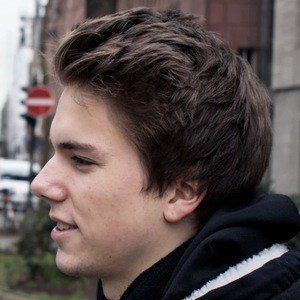

Colonial history Īustralian soldiers hoisting the Union Jack at Kieta, Bougainville, following their capture of German New Guinea in 1914 Both Austronesian and non-Austronesian languages are spoken on the islands to this day, however there has been significant mixing between the populations to the point that cultural and genetic differences are no longer correlated with language.


Around 3,000 years ago, Austronesian peoples brought the Lapita culture to the islands, introducing pottery, agriculture, and domesticated animals such as pigs, dogs, and chickens.

The first inhabitants of Bougainville were Australo-Melanesians who presumably arrived from the Bismarck Archipelago. Until about 10,000 years ago, during the Last Glacial Maximum, there was a single island referred to as "Greater Bougainville" that spanned from the northern tip of Buka Island to the Nggela Islands north of Guadalcanal. Replica of a traditional stake-house built by men from Toboroi, Bougainville Island Prehistory īougainville has been inhabited by humans for at least 29,000 years, according to evidence obtained from Kilu Cave on Buka Island. As a result, the regional authorities intend to become independent by the end of 2027, pending ratification by the Papuan New Guinea government. In late 2019, a non-binding independence referendum was held with 98.31% voting for independence rather than continued autonomy within Papua New Guinea. A peace agreement resulted in the creation of the Autonomous Bougainville Government. Conflict over the Panguna mine became the primary trigger for the Bougainville Civil War (1988–1998), which resulted in the deaths of up to 20,000 people. The name of the region originates from French admiral Louis Antoine de Bougainville, who reached it in 1768.īougainvillean separatism dates to the 1960s, and the Republic of North Solomons was declared shortly before the independence of Papua New Guinea in 1975 it was subsumed into Papua New Guinea the following year. During the colonial period the region was occupied and administered by the Germans, Australians, Japanese, and Americans for various periods. Historically the region was known as the North Solomons.īougainville has been inhabited by humans for at least 29,000 years. Geographically the islands of Bougainville and Buka are part of the Solomon Islands archipelago, but are politically separate from the independent country of Solomon Islands. The region includes several Polynesian outliers where Polynesian languages are spoken. The lingua franca of Bougainville is Tok Pisin, while a variety of Austronesian and non-Austronesian languages are also spoken. In 2011, the region had an estimated population of 250,000 people. One potential location is Arawa, the previous capital. The interim capital is Buka, although this is considered temporary, with the capital likely to move. The largest island is Bougainville Island, while the region also includes Buka Island and a number of outlying islands and atolls. Bougainville ( / ˈ b oʊ ɡ ən v ɪ l/ BOH-gən-vil / ˈ b uː ɡ ɛ n v ɪ l/ Tok Pisin: Bogenvil ), officially the Autonomous Region of Bougainville (Tok Pisin: Otonomos Region bilong Bogenvil), is an autonomous region in Papua New Guinea.


 0 kommentar(er)
0 kommentar(er)
